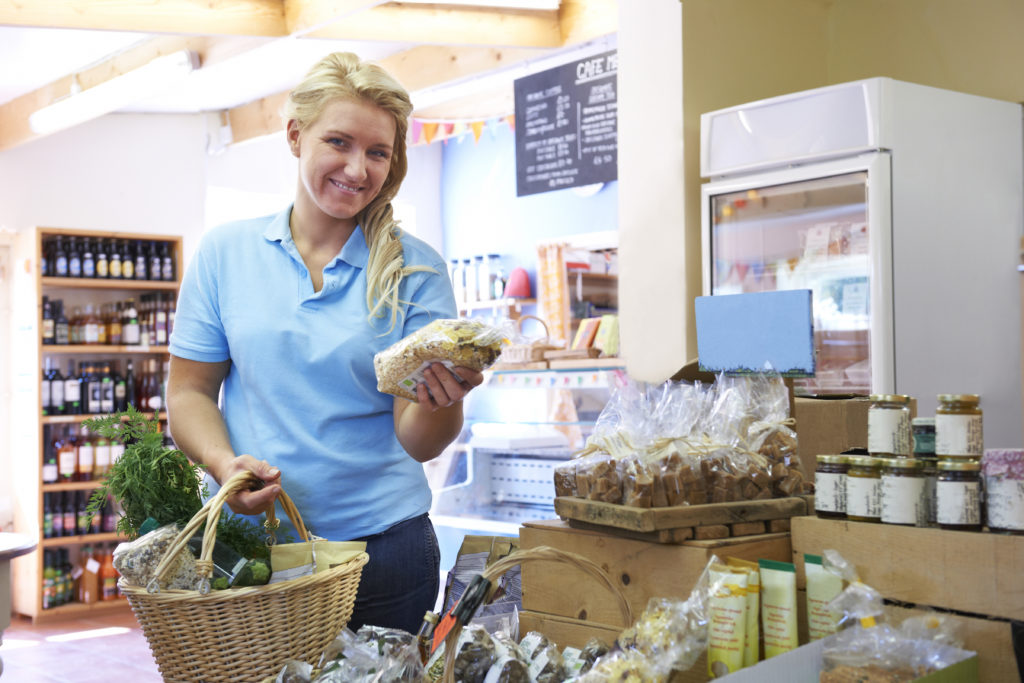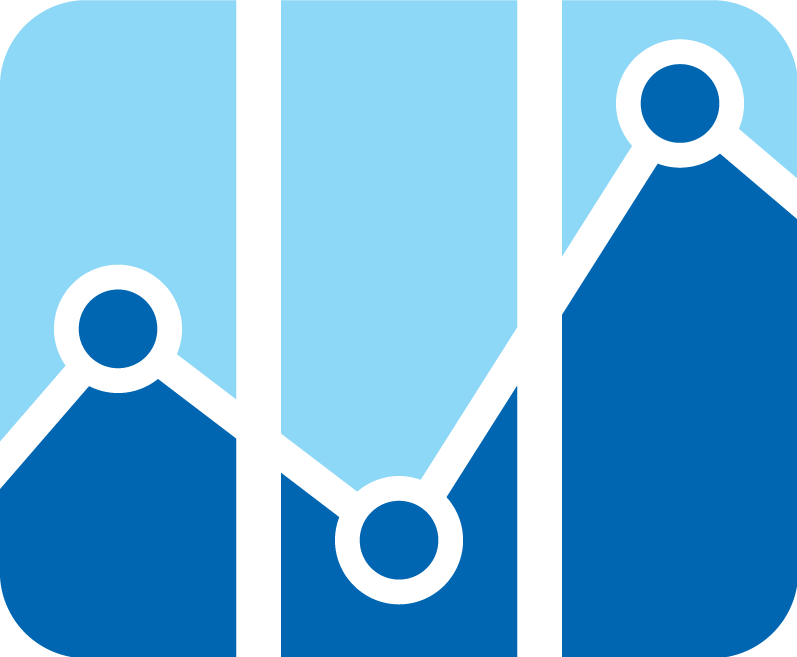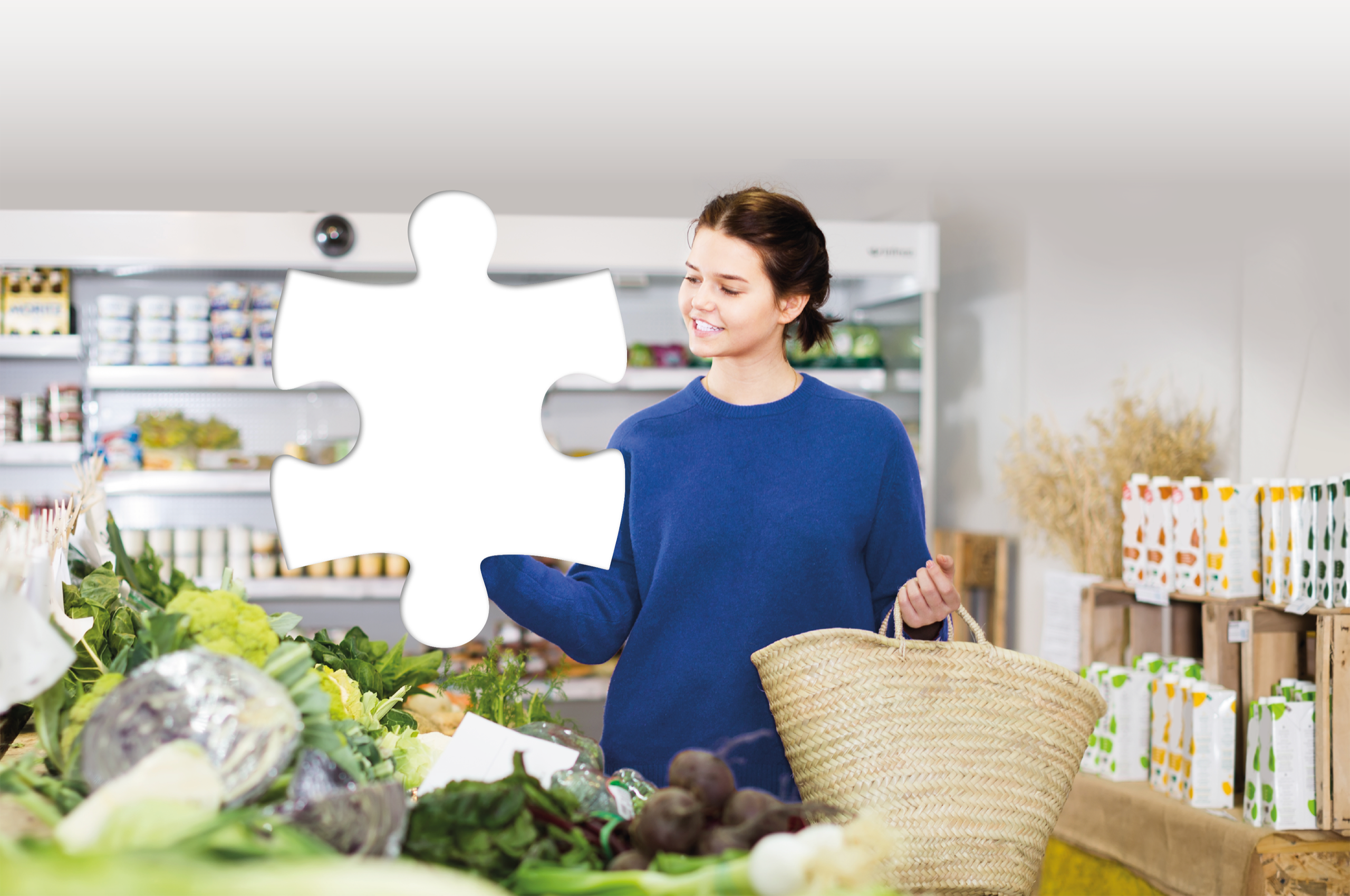Are you a Smart Retailer?
A Smart Retailer realises that they are collecting a huge resource of customer data through their EPOS and Marketing systems. They understand that this fertile resource can help them understand their current customers behaviours. Smart Retailers get the best yield from their customers by understanding their behaviours and changing pro-actively and in real time. They give their customers what they need, as they need it, enhancing customer loyalty.
By contrast, the uninformed Retailer, bases their decisions on last years figures and behaviours, unaware that behaviours may have changed. Change is therefore imposed on the retailer retrospectively – implemented “on the hoof”. In the worst case scenario, this approach can be too slow, appearing unresponsive – Customers can “Move on” to retailers who better understand their current needs.
If your EPOS data is solely used for tallying sales, it might be time to consider its untapped potential.

Customer Behaviours
Customers behaviours are driven by a combination of a person’s needs and the circumstances they are in. Research shows that habits are formed by behaviours that are repeated consistently over 9 weeks.
That said how long have your circumstances and needs stayed the same? Customer needs constantly change and evolve and so will customers behaviours and new habits will start to form.
But customer behaviours can be measured, using the data in your EPOS tills. This gives the Smart Retailer an advantage. Because they can track how behaviours are changing and adjust to these changes in real time as their customer evolve.
Customer Evolution
The Covid lockdown is a good example of customer evolution. During the lockdown period, Customer Behaviours changed rapidly, driven by the needs of customers and the circumstances they were in.
The Smart Retailer was not expecting the impact that Lockdown had – who could have? The smart retailer though quickly adjusted their offering. They changed to what their customers wanted, by looking at what customers were buying. They transformed what they stocked, because that was what customers needed from them. They did very well out of the lockdown period. But then the lockdown was lifted.
The smart retailer was not expecting to return to “business as normal” (pre-lockdown habits) as the lockdown was lifted. They were also not gearing up for the “New Normal” (post lockdown, based on lockdown trading).
Instead, the Smart Retailers (and our clients) were looking at their data because they know that customer behaviours change constantly. They continued to track and monitor their customers’ behaviours on a regular basis. They reacted and responded to their customers’ changing needs, whatever the circumstances.
Smart Retailers have more Loyal Customers
The Customers of Smart Retailers develop a habit of going to that retailer. This is because that retailer always “just understands me and meets my needs”.
If you are a Smart Retailer, you’re feeling content right now, because you are doing all this, already.
If you feel you’re missing out on something, we can help you. We have Smart Reports. These reports help our clients become Smart Retailers. Please contact us for more information.
In this series of articles we look at the metrics that the Smart retailer tracks and how to get the insights you need to properly understand your customers needs
The Smart Retailer Way



Comments are closed